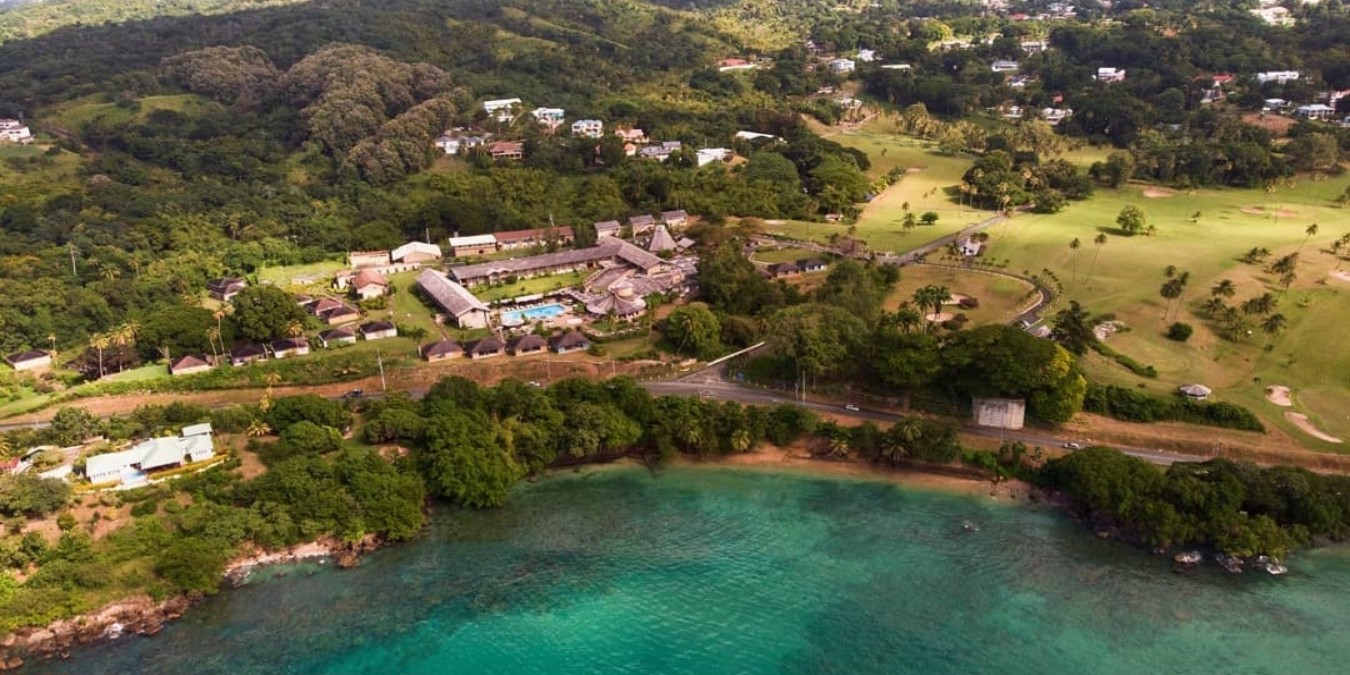Mt. Irvine Reef is a fringing coral reef located along the southwestern coast of Tobago, just offshore from the popular Mt. Irvine Bay. Historically, this reef has played a vital role in the lives of the island's coastal communities. Early Tobagonians, including descendants of the Kalinago (Carib) and African settlers, relied on the reef for fishing, food, and protection from rough seas.
During the colonial period, Mt. Irvine and the surrounding lands were part of sugar and coconut estates. The reef, largely untouched, continued to provide fish and conch (locally called “lambi”) to nearby villages like Black Rock and Buccoo.
Today, Mt. Irvine Reef is recognized for its biodiversity, offering habitats for parrotfish, damselfish, sea fans, and occasional sea turtles. It also helps protect the beach from erosion, acting as a natural breakwater. Conservation efforts have grown in recent years as the reef faces challenges from climate change, pollution, and overfishing.
The area has also gained international attention for its excellent snorkelling and surfing conditions, making it a key eco-tourism site in Tobago.


Comments